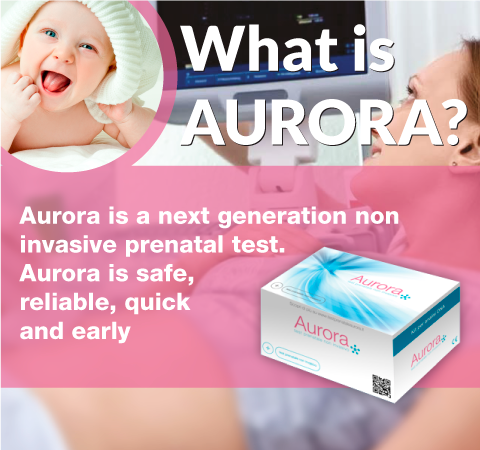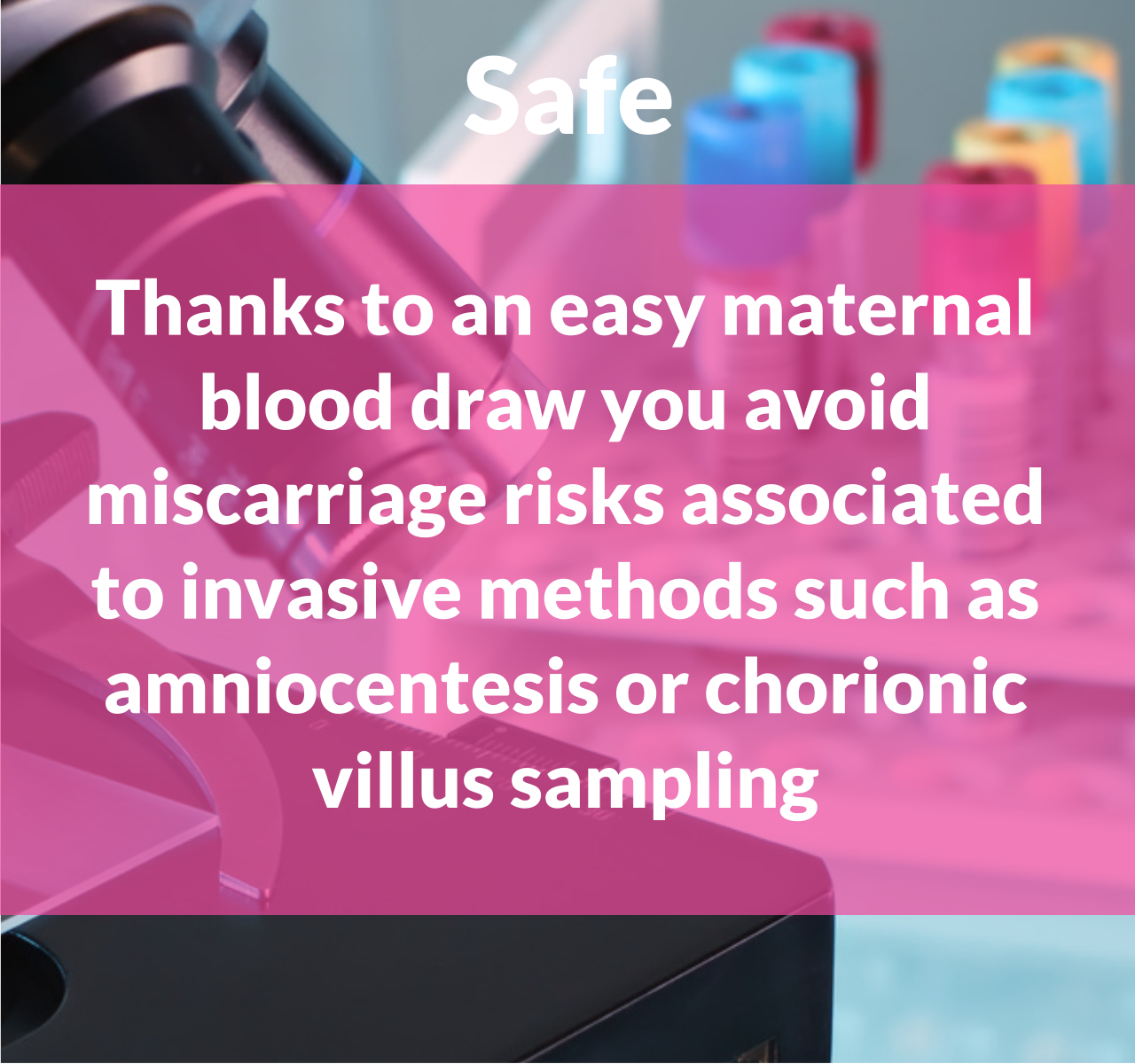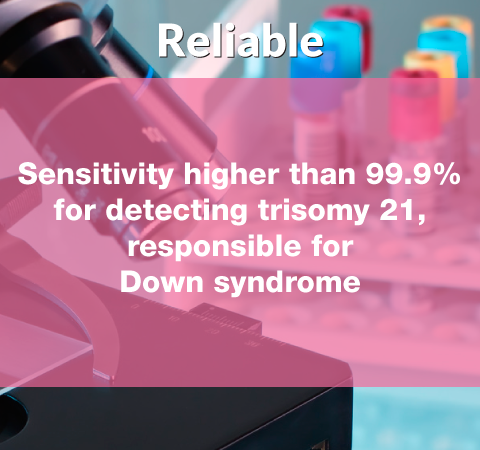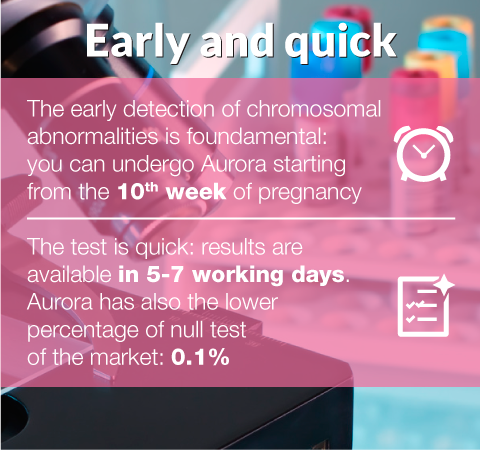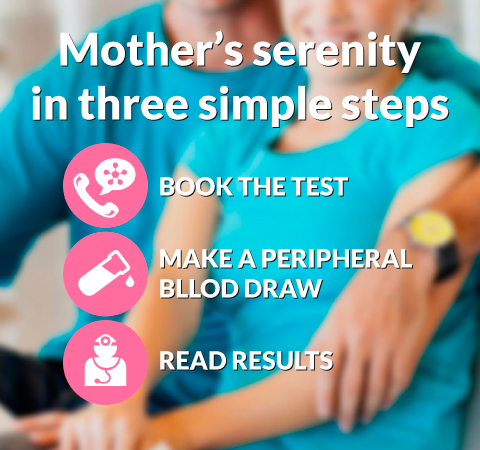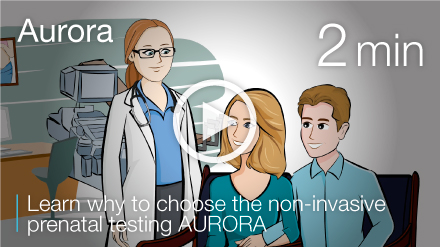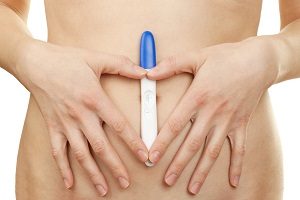Dr. Federica Sammali has developed a system to measure uterine contractions. Based on these data, it would be possible to predict the outcome of the IVF cycle.
The researcher has in fact used mathematical models and algorithms to analyze uterine activities in non-pregnant women. Then he used the data to develop a system that distinguishes favorable and adverse uterine conditions. In fact, the role of uterine contractions in in vitro fertilization was already known. It is known that precise interventions can raise the IVF success rate. Unfortunately, precise measurement techniques are lacking, which distinguish harmful from favorable contractions.
The only ones available are invasive and not very effective. That is why Dr. Sammali intervened in this regard. The solution introduced by the doctor is non-invasive and precise. The clinical study conducted at the Catharina Hospital in Eindhoven confirmed this.
The researcher measured the electrical activity of the human uterus not in pregnancy, thanks to a grid of electrodes resting on the abdomen. In this way he collected the electrical signals and connected them to the different phases of the menstrual cycle. Ultrasound technology has also allowed us to quantify the mechanical activity of the uterus.
Dr. Sammali has extracted the uterus movements starting from the larger ones generated by the surrounding organs. Starting from all these data, the researcher has developed a method to predict the outcome of IVF. To test it, it involved a group of women who were undergoing IVF cycles. He predicted the outcome with an accuracy of 94%.
Source: tue.nl






